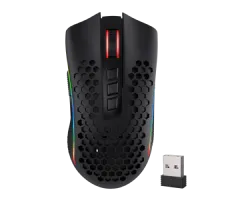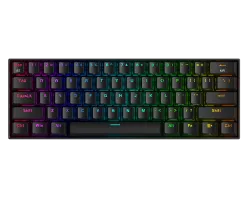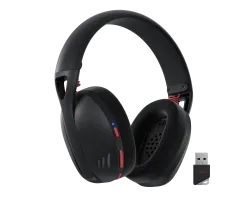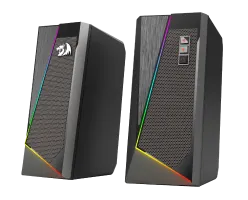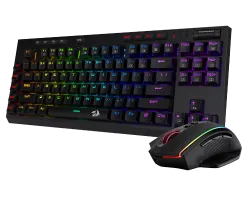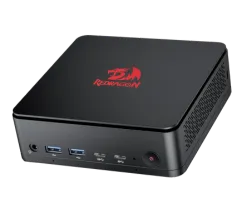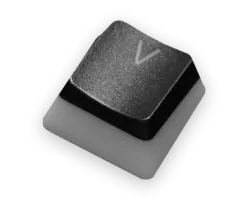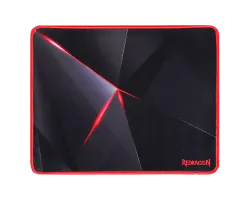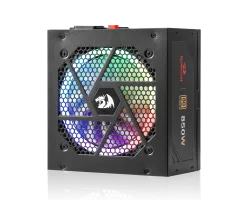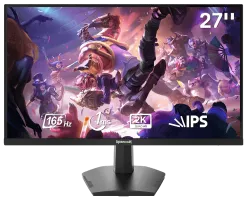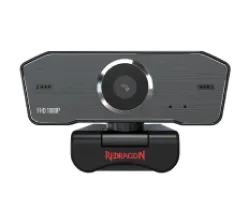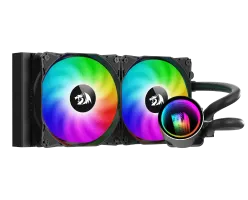Why Locking Your Mac Matters
In today's digital age, securing your Mac is essential for protecting sensitive information, personal files, and maintaining privacy. Whether you work from home, frequent coffee shops, or share your device with family members, implementing proper Mac security measures prevents unauthorized access and data breaches.
This comprehensive guide covers multiple methods to lock your Mac—from instant keyboard shortcuts to automatic security features and remote locking capabilities.
Method 1: Instant Lock with Keyboard Shortcuts
The fastest way to secure your Mac is through keyboard shortcuts that require no menu navigation.
Quick Lock Screen Command
Control + Command + Q
This powerful shortcut instantly locks your display and redirects to the login screen. Your applications continue running in the background, but access requires password authentication or biometric verification.
Sleep Mode Shortcut
-
Command + Option + Power Button (newer Mac models)
-
Command + Option + Eject (older Macs with optical drives)
Activating sleep mode locks your Mac while conserving battery power—perfect for MacBook users on the go.
Method 2: Lock Screen via Apple Menu
For those who prefer mouse navigation, the Apple menu provides a simple two-click solution.
Steps:
- Click the Apple logo in the top-left corner
- Select Lock Screen from the dropdown menu
This method produces identical results to the keyboard shortcut, requiring password entry to regain access.
Method 3: Automatic Mac Locking Features
Human error happens—we forget to lock our devices. Automatic security features ensure your Mac stays protected even when you're distracted.
Screen Saver Security Setup
Transform your screen saver into a security tool that activates after periods of inactivity.
Configuration Steps:
Open System Settings
Navigate to Lock Screen (left sidebar)
Set your preferred time interval of inactivity in which you want the screen saver to start.
Enable the Require Password Immediately after screen saver or sleep begins option.
This configuration creates a seamless security barrier that engages automatically, ideal for busy professionals managing multiple tasks.
Automatic Sleep Lock
Ensure maximum protection when your Mac enters sleep mode or when closing your MacBook lid.
Setup Process:
- Access System Settings
- Click Lock Screen
- Enable "Require password after sleep or screen saver begins"
- Set the interval to "Immediately"
With this setting enabled, your device locks automatically whenever the lid closes or the display turns off, requiring authentication to resume work.
Method 4: Hot Corners for Quick Access
macOS Hot Corners deliver convenience by triggering actions when your cursor reaches screen edges.
Setup Instructions:
- Launch System Settings
- Select Desktop & Dock
3. Click Hot Corners
4. Assign "Start Screen Saver" to your preferred corner
5. Click Done
Simply move your mouse to the designated corner, and your screen saver activates immediately—locking your Mac if password protection is enabled.
Method 5: Remote Mac Locking with Find My Mac
Lost your Mac or left it in a public location? Find My Mac enables remote locking through Apple's iCloud network.
How Find My Mac Works
This integrated security feature uses Wi-Fi signals, Bluetooth beacons, and Apple's device network to:
- Locate your Mac on a map
- Lock the device remotely
- Display custom messages on the lock screen
- Track offline devices (when enabled)
- Provide peace of mind for your data security
Enable Find My Mac
Configuration Steps:
- Open System Settings
- Click your Apple ID name
- Select iCloud
- Choose See All
- Enable Find My Mac
- Activate "Find My network" for offline tracking (recommended)
Remote Locking via iCloud.com
Process:
- Visit iCloud.com
- Sign in with your Apple ID credentials
- Open Find My
- Select your Mac from the device list
- Click Lock
- Set a passcode and optional message
- Confirm the lock command
Your Mac locks immediately if online, or upon next internet connection if offline. Unauthorized users cannot access the device without your password.
Does Closing Your MacBook Lid Lock It?
The answer depends on your security settings. By default, closing the lid puts your MacBook to sleep but may not lock it.
Ensure Lid-Close Locking
Follow these steps to guarantee automatic locking:
- Open System Settings
- Navigate to Lock Screen
- Verify "Require password after sleep or screen saver begins" is set to "Immediately"
Important Note: When using Clamshell Mode with external displays, closing the lid may not trigger automatic locking. Always manually lock your screen using keyboard shortcuts for complete protection.
Mac Security Best Practices
Beyond locking methods, implement these additional security measures:
1. Strong Password Management
- Use passwords with 12+ characters
- Combine uppercase, lowercase, numbers, and symbols
- Avoid dictionary words and personal information
- Enable Touch ID or Face ID for convenience
2. FileVault Encryption
Encrypt your entire drive through System Settings > Privacy & Security > FileVault for maximum data protection.
3. Automatic Updates
Keep macOS and security patches current by enabling automatic updates in System Settings > General > Software Update.
4. Multiple Security Layers
Combine manual locking habits with automatic features for comprehensive protection.
Frequently Asked Questions
Q: What's the fastest way to lock my Mac?
A: Press Control + Command + Q for instant screen locking.
Q: Can I lock my Mac remotely if it's stolen?
A: Yes, use Find My Mac through iCloud.com to lock and track your device remotely.
Q: Does sleep mode lock my Mac?
A: Only if you've enabled "Require password immediately after sleep" in Lock Screen settings.
Q: Will Hot Corners work with multiple displays?
A: Yes, you can assign Hot Corners independently for each connected display.
Q: Can someone access my files after I lock my Mac?
A: No, locking your Mac prevents all access until proper authentication is provided.
Conclusion: Secure Your Mac Today
Protecting your Mac requires minimal effort but provides maximum security benefits. Whether you prefer the speed of keyboard shortcuts, the convenience of automatic locking, or the peace of mind from remote access features, macOS offers comprehensive tools to safeguard your data.
Start securing your Mac now by:
- Setting up automatic lock features
- Creating keyboard shortcut habits
- Enabling Find My Mac for emergency situations
- Configuring FileVault encryption
Your digital security is paramount—take action today to protect your personal information, work files, and online accounts from unauthorized access.
About the Original Author
This article is an adapted and enhanced version based on original content by Cliff Wade, Founder & Editor at his tech blog, SeerOfSouls.com. Cliff is a proud husband, cat dad, tech enthusiast, and avid gamer who has been exploring technology since the early 1970s. As a writer, photographer, and music lover, Cliff brings decades of hands-on experience to his technology guides.









